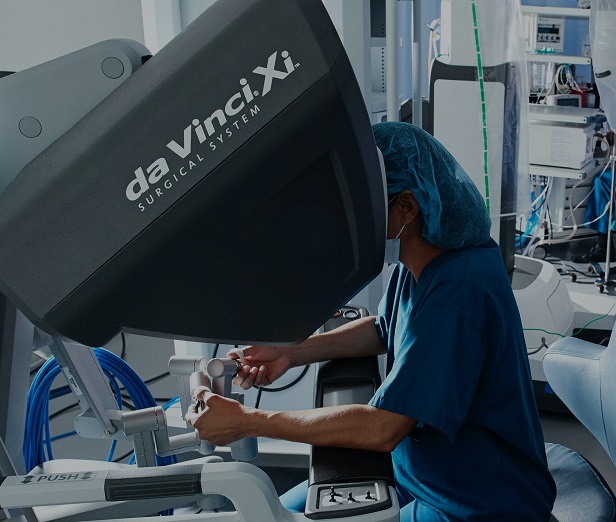Robotic Surgery
Colorectal surgery is more advanced than ever before. The introduction of robotic surgery transformed the way we perform surgical procedures, reducing the risk of complications and expediting the patient recovery period. Here at Metro Colon and Rectal Surgery PC, we can now offer our patients the same surgical benefits as are available with traditional open surgery without the need for large incisions or lengthy hospital stays.

